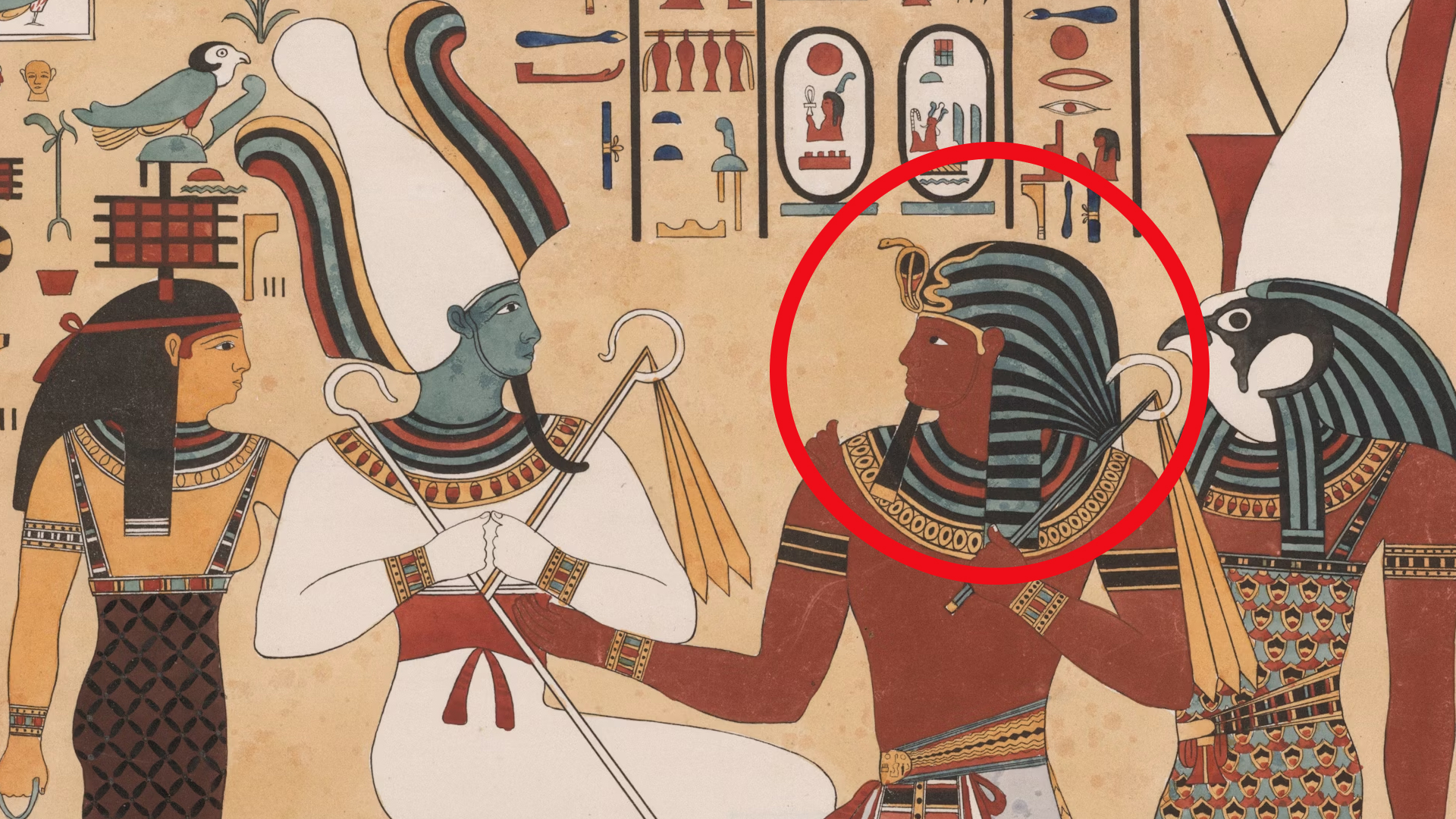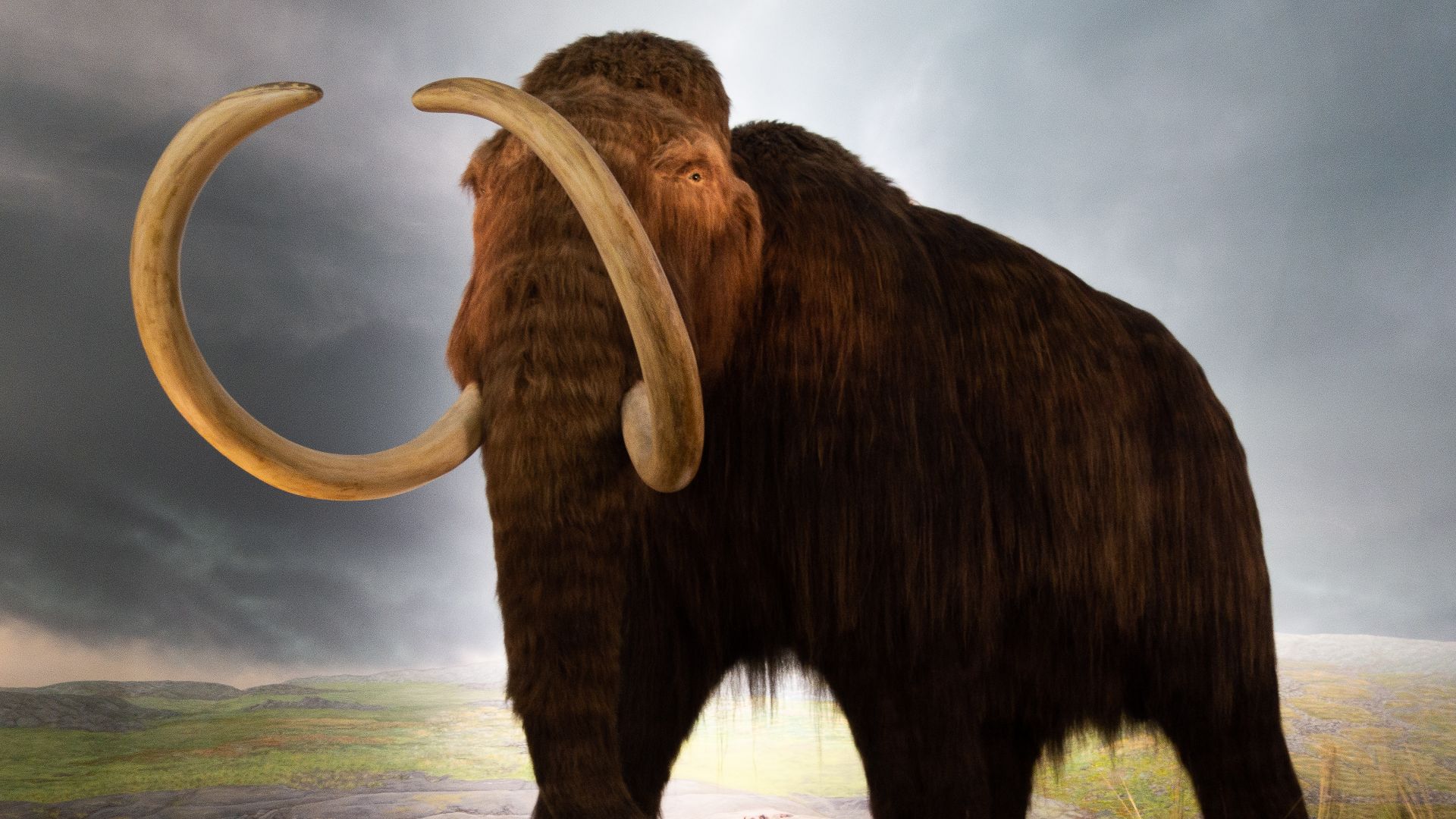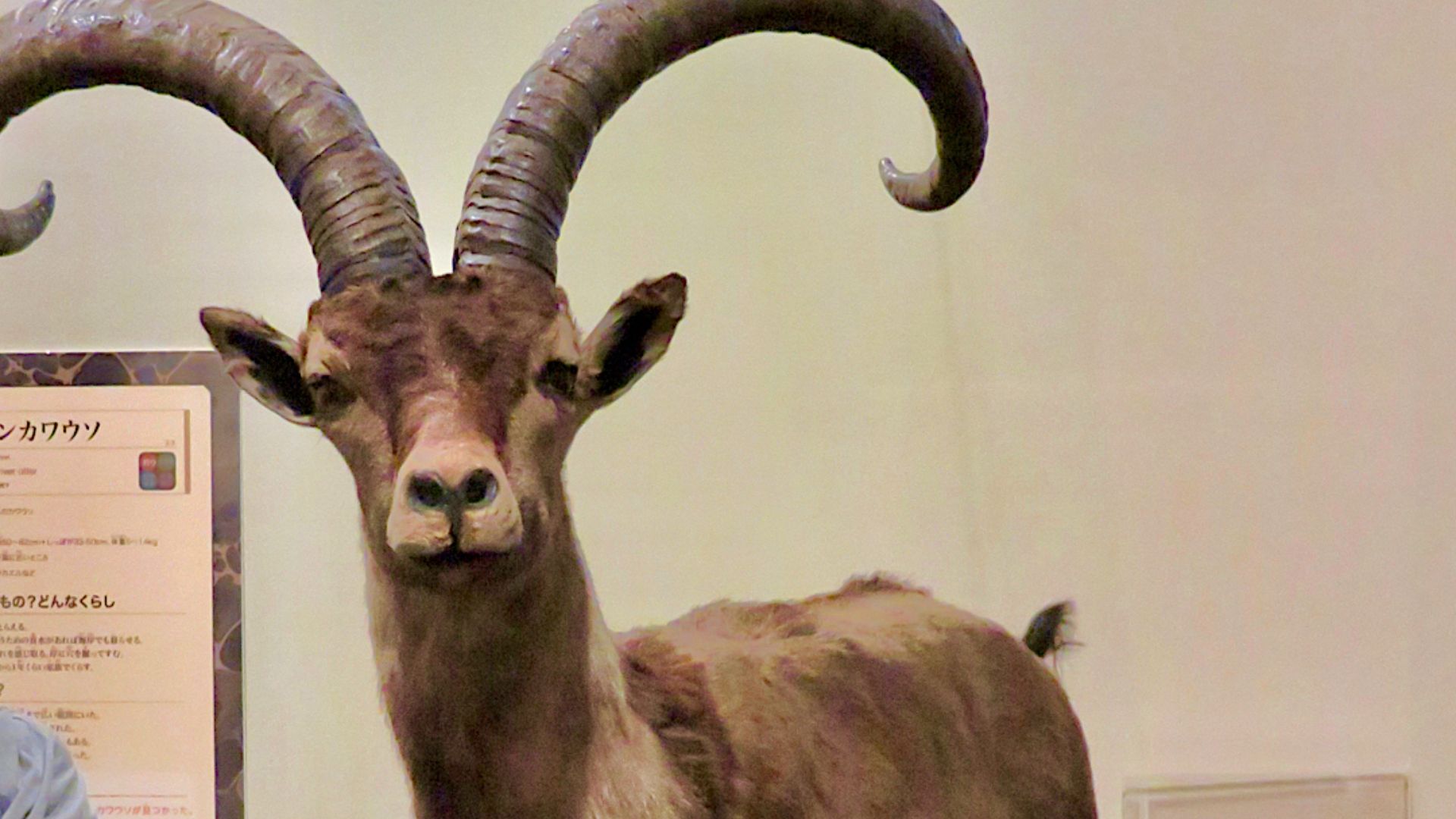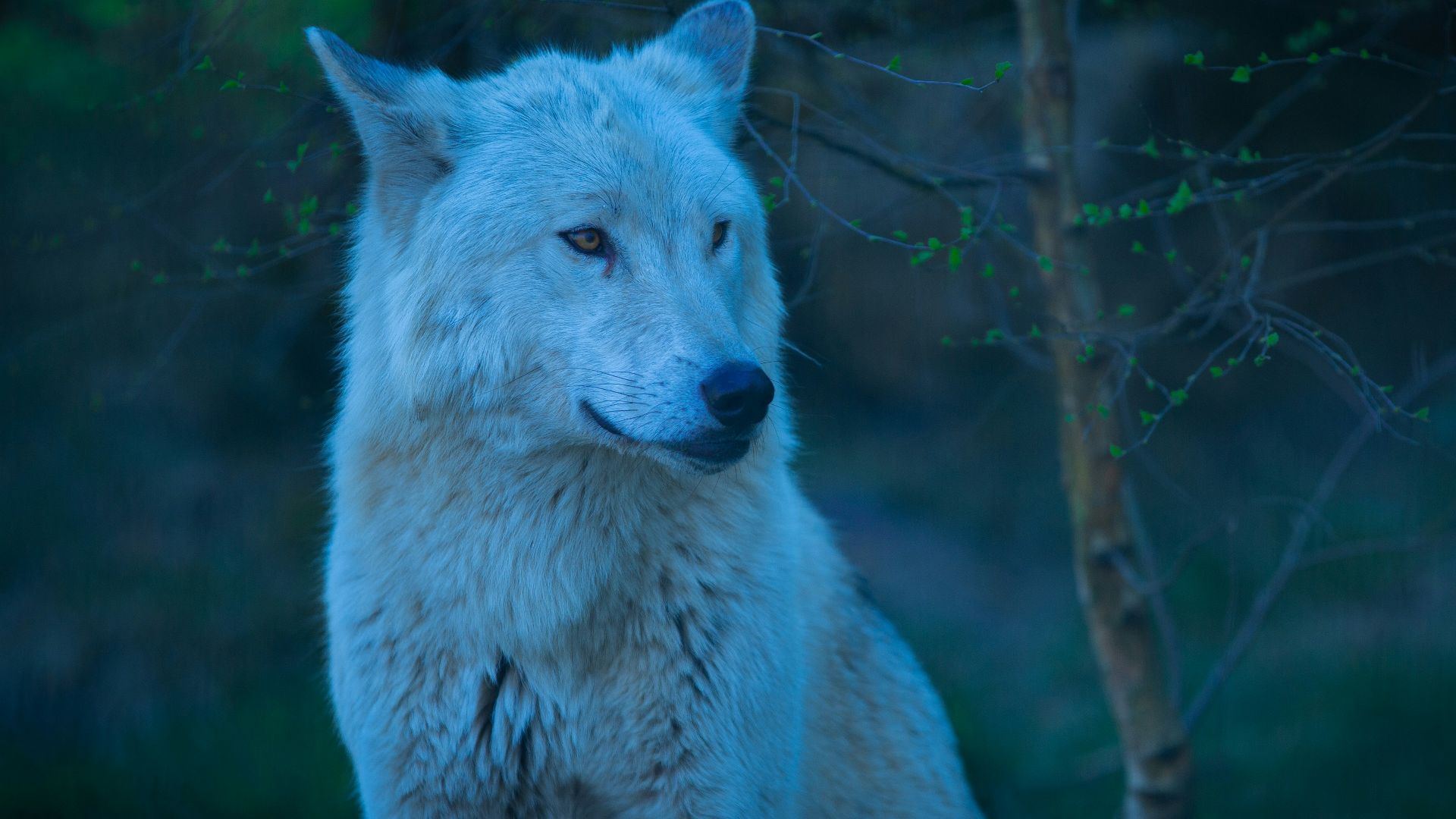For the vast majority of human existence, extinction has been a one-way process. If a species has gone extinct, the species is forever lost to the world, until now. Thanks to advances in genetics, biotechnology, and reproductive science, scientists are on the verge of being able to bring back extinct species. Yet, as this once science fiction dream approaches reality, one question remains: Just because we can bring back extinct species, should we?
Introducing De-Extinction
De-extinction (also known as resurrection biology or species revivalism) is the science of creating an organism that resembles, or in some cases has the same genome as, an organism that no longer exists. There are a variety of methods that have been suggested that could lead to de-extinction; each has advantages and disadvantages.
The first, cloning, is the only approach that can create an animal with the same identity as the original species. This process requires preserved genetic material (generally cells or DNA) that can be implanted into the egg of a related extant species.
The second method, back-breeding, uses selective breeding to accentuate the expression of traits that are already present in a species’ gene pool. Rather than further differentiating a species, as has been the goal of selective breeding for millennia, this method attempts to return a species to the appearance and behavior of an ancestor. Animals that look like extinct species can be created with this method, but their genomes are not the same as the original species. This technique is also contingent on the traits of extinct species still being present in their living descendants.
The Success Story
One of the first de-extinction projects in recent times was also one of the most public. The Pyrenean ibex subspecies was already extinct when the last known living individual, a female named Celia, died in 2000. However, Spanish researchers had collected and stored her cells, and in 2003 they managed to clone her. Celia the clone became the first extinct animal to be brought back from extinction. The young ibex was able to take its first steps but died shortly after birth. It had been born with an underdeveloped lung. Ten years later, researchers were testing the frozen cells of Celia to see if cloning might be possible in the future. The ibex has not returned, but a huge step was taken to show the world that de-extinction was possible.
The latest example of de-extinction comes from Colossal Laboratories & Biosciences, a new company. Last year, they announced the resurrection of the dire wolf, which had died out at the end of the last Ice Age. The company described the event as a scientific breakthrough. They have plans to resurrect a wide range of extinct species, including the woolly mammoth, by 2028.
Is This Ethical?
Proponents of de-extinction claim that the process would bring revolutionary changes to conservation biology. For instance, woolly mammoths were keystone species of the Arctic tundra. Some researchers claim that their return to the Arctic would restore the ecology of that region and perhaps even help reverse global warming. When alive, mammoths uprooted trees and scraped away insulating carpets of snow that prevented cold air from cooling the permafrost and thus trapped greenhouse gases beneath the soil. They predict that a return of mammoths could slow or halt the rate of Arctic warming.
Opponents point to a number of ethical and practical concerns, however. For instance, it is argued that a “revived” mammoth would not actually be a mammoth at all, but rather a hybrid engineered using intensive genetic modification.
These organisms could be subject to serious health issues or could be subjected to ongoing experimentation in laboratories. Others are concerned about the ecological ramifications: that reintroducing an artificial species might upset modern ecosystems that have long been in equilibrium without them. Critics also point to the cost (estimated at tens of millions of dollars) that could be diverted to programs to protect endangered species that currently face the threat of extinction.
KEEP ON READING

We Can Bring Extinct Species Back To Life - But…
Thomas Quine on WikimediaFor the vast majority of human existence,…
By Farva Ivkovic Nov 25, 2025
Einstein's Violin Just Sold At An Auction—And It Earned More…
A Visionary's Violin. Wanda von Debschitz-Kunowski on WikimediaWhen you hear…
By Ashley Bast Nov 3, 2025
This Infamous Ancient Greek Burned Down An Ancient Wonder Just…
History remembers kings and conquerors, but sometimes, it also remembers…
By David Davidovic Nov 12, 2025
The Mysterious "Sea People" Who Collapsed Civilization
3,200 years ago, Bronze Age civilization in the Mediterranean suddenly…
By Robbie Woods Mar 18, 2025
20 Inventors Who Despised Their Creations
Made It… Then Hated It. Inventors often dream big, but…
By Chase Wexler Aug 8, 2025
20 Incredible Items In The British Museum People Say Were…
Mystery In History. The mighty halls of the British Museum…
By Chase Wexler Sep 8, 2025




